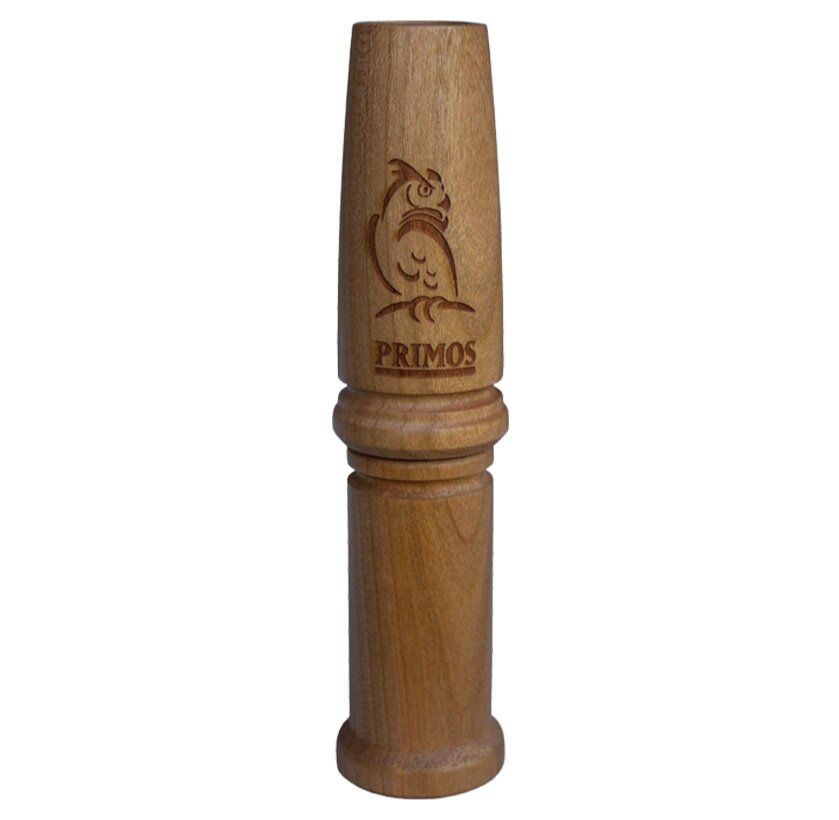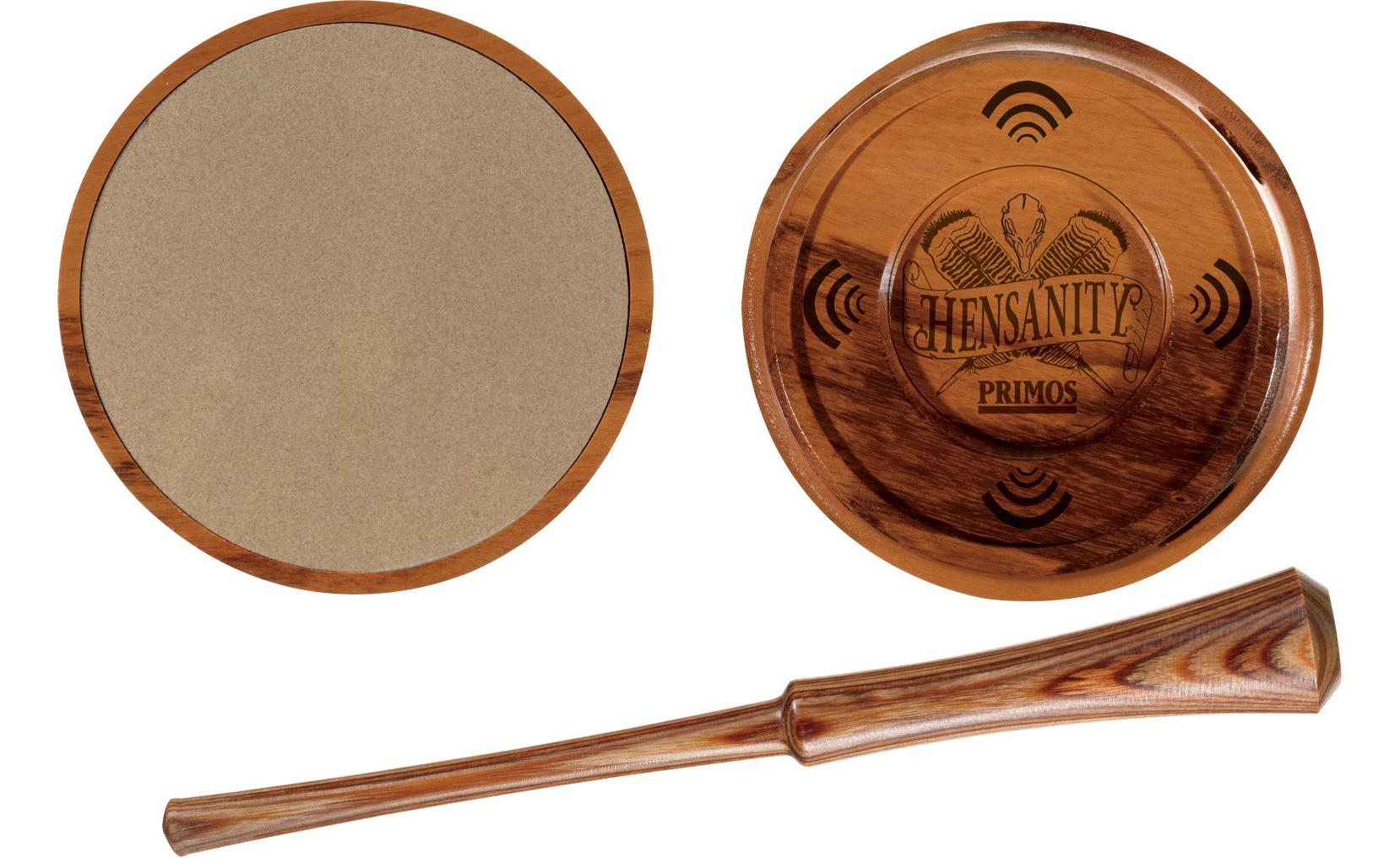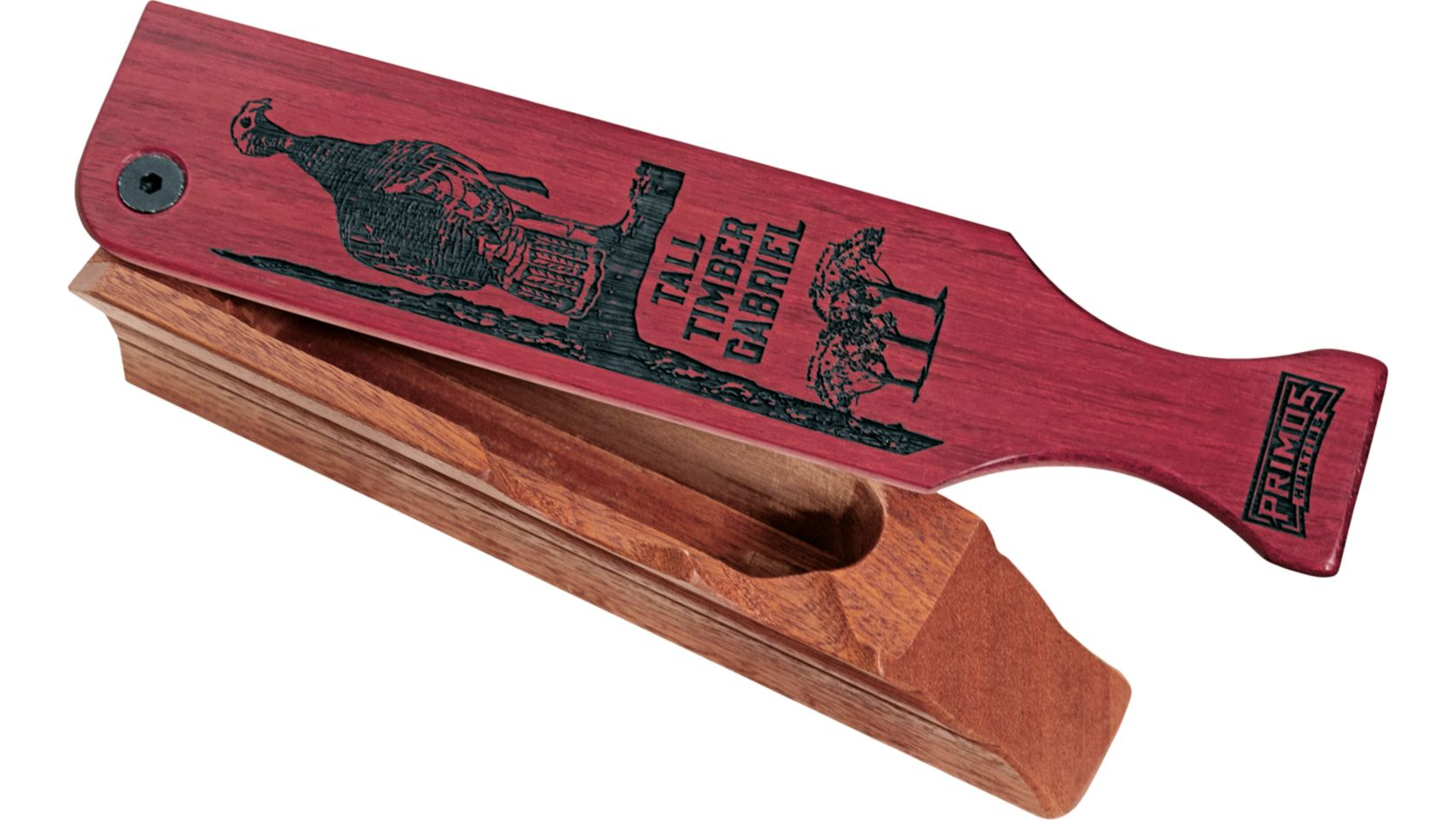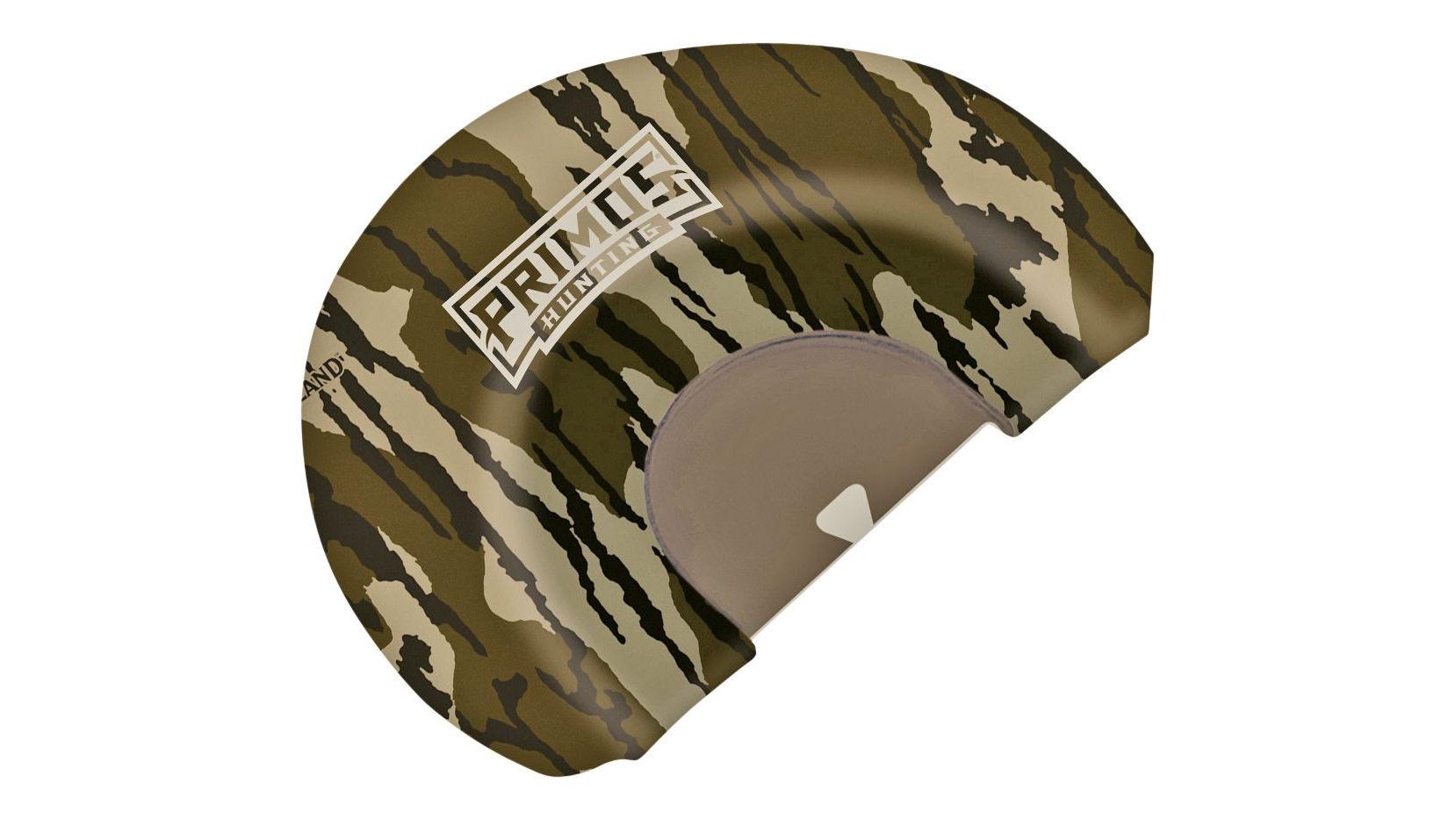Field Guide / Turkey
6 Turkey Calls to Consider this Spring
When turkey season approaches, it’s time to dust off the old callers and practice your best yelps, clucks, cackles, and purrs. Whether you are a new turkey hunter or the U.S. Open Calling Champion, getting familiar (or re-familiar) with your calls and brushing up on your turkey vocalizations can help you have a more successful hunt.
Previous in Turkey
More Content Like This
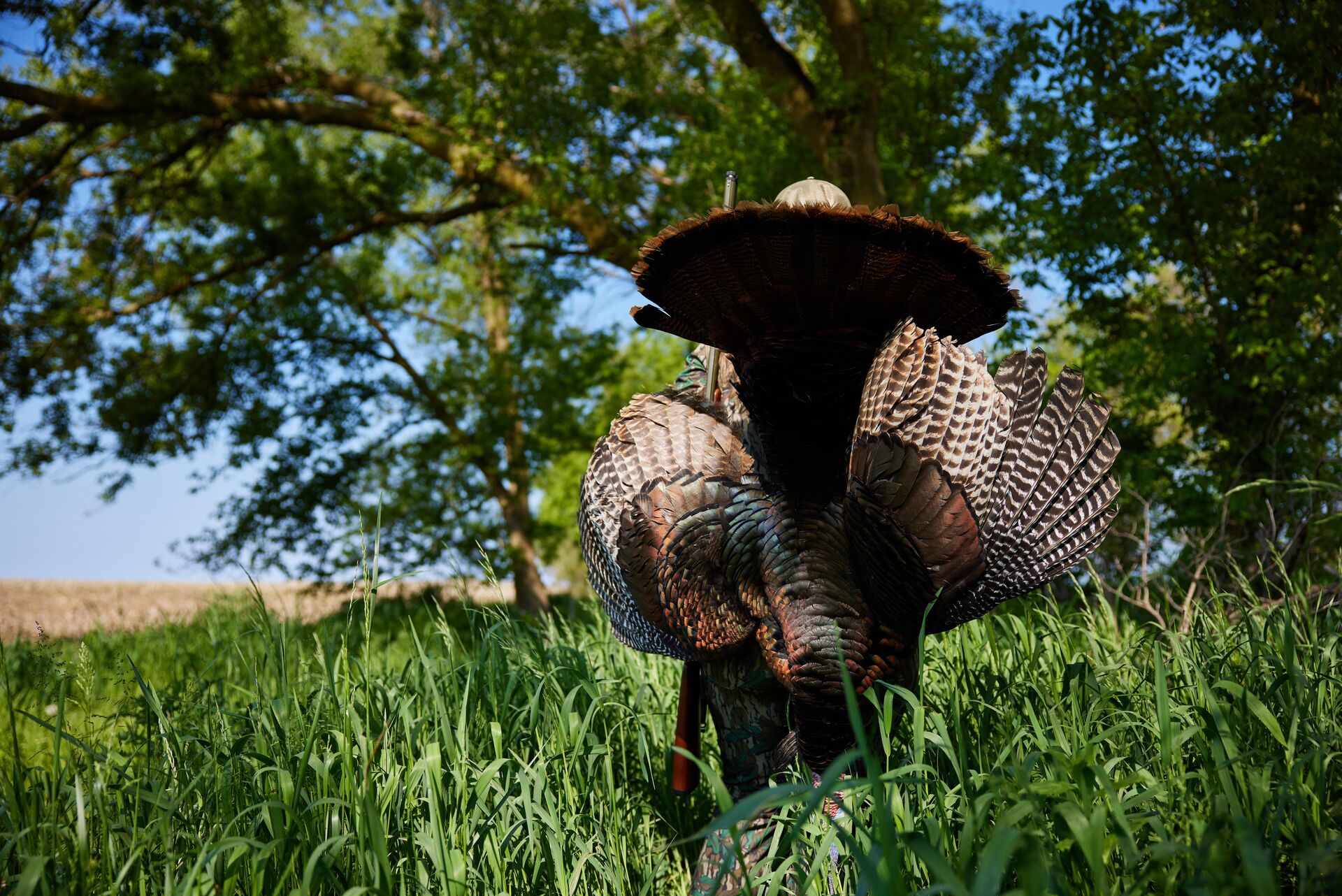
When Is the Indiana Turkey Season? A Hunter's Guide
Whether you're a Hoosier looking to hunt your state or a cross-state convert to the magic of the Indiana turkey season, there's something for everyone who wants to spend some time chasing big birds in this stunning region.Read More
Read More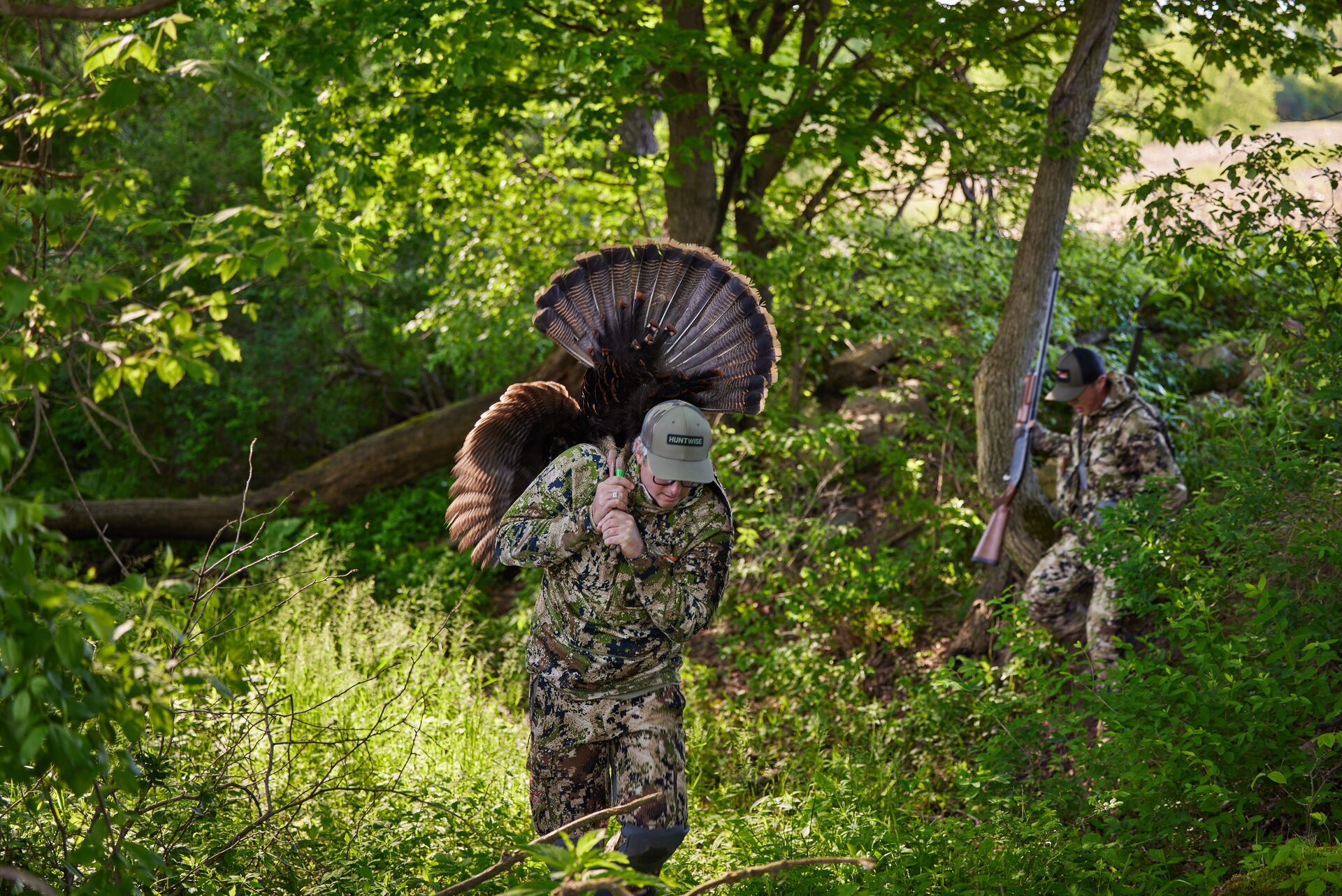
When Is Alabama Turkey Season?
With its diverse hunting locations ranging from the Appalachian mountains' forested habitat to the south's delta swamps, Alabama offers a unique experience for those targeting the Eastern wild turkey. This variety and challenging landscape make it a ...Read More
Read MoreTips From The Pros: The Untamed's Top 5 Turkey Hunting Tips
We had the opportunity to ask each member of The Untamed crew about some of our hottest turkey topics. Here are the highlights of our conversation about chasing (and harvesting) spring turkeys.Read More
Read More Turkey
TurkeyWhen Is the Indiana Turkey Season? A Hunter's Guide
Whether you're a Hoosier looking to hunt your state or a cross-state convert to the magic of the Indiana turkey season, there's something for everyone who wants to spend some time chasing big birds in this stunning region.Read More
Read More Turkey
TurkeyWhen Is Alabama Turkey Season?
With its diverse hunting locations ranging from the Appalachian mountains' forested habitat to the south's delta swamps, Alabama offers a unique experience for those targeting the Eastern wild turkey. This variety and challenging landscape make it a ...Read More
Read More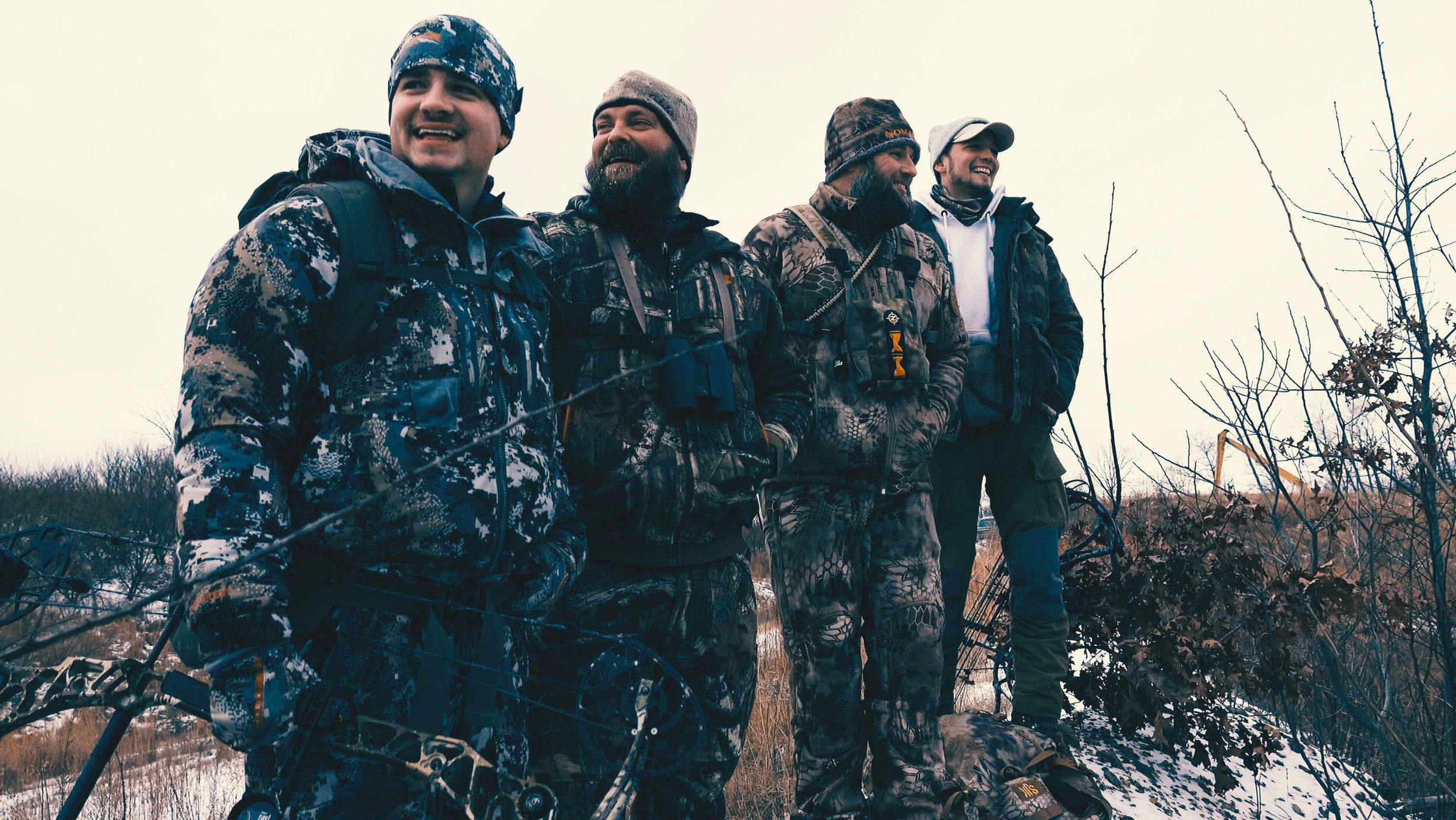 Turkey
TurkeyTips From The Pros: The Untamed's Top 5 Turkey Hunting Tips
We had the opportunity to ask each member of The Untamed crew about some of our hottest turkey topics. Here are the highlights of our conversation about chasing (and harvesting) spring turkeys.Read More
Read More
1 of 3
